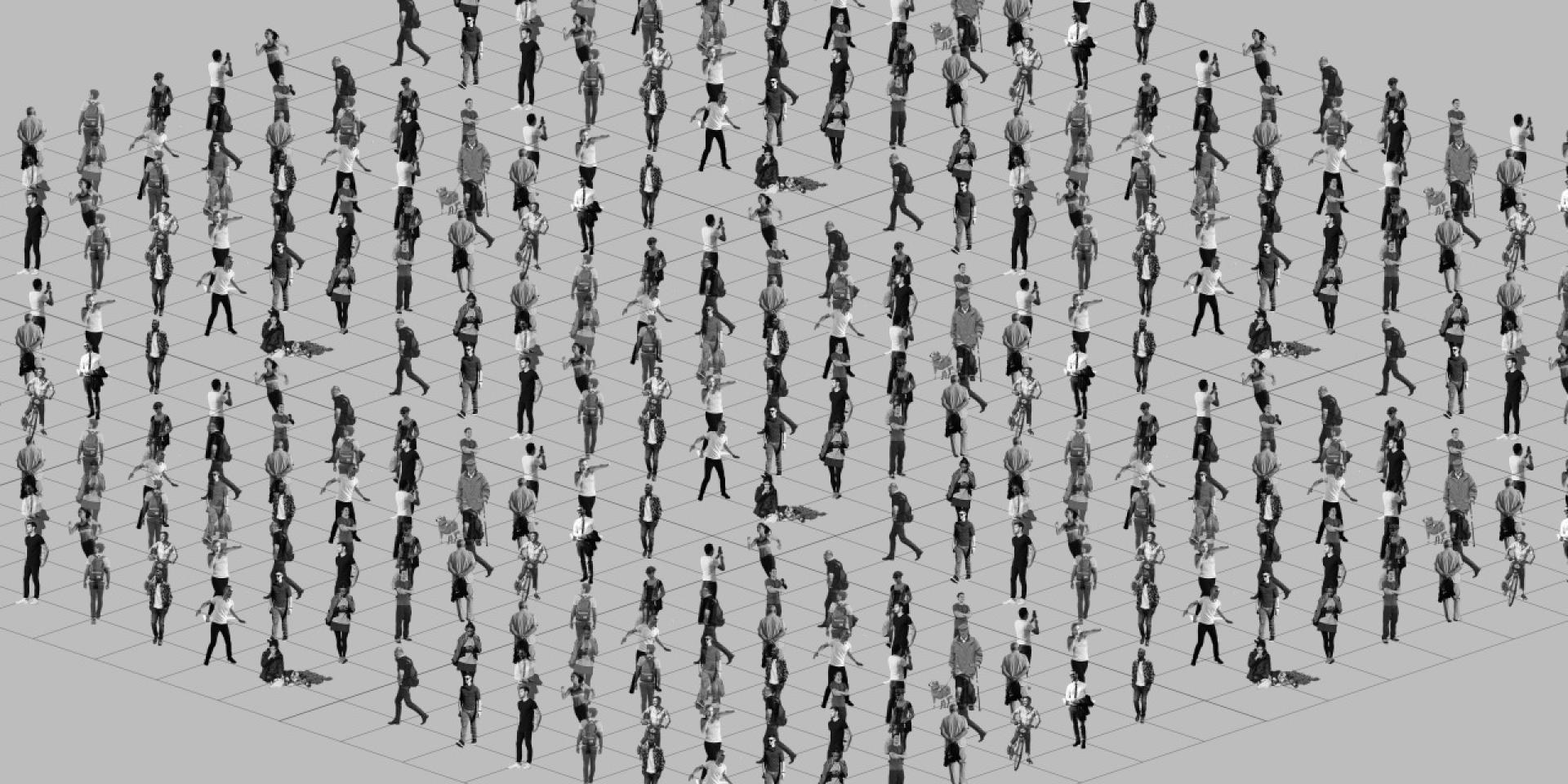Platform For Fictional Competitions #3: 1.5 m Architecture
In the last story from Daniel De León Languré triptych of the first Platform for Fictional Competitions (Concursos Inventados). The third edition present 1.5 m Architecture: Reappropriation of public space after Pandemic.

Carlos Monsiváis, chronicler of Mexico City, used to say that while in the periphery the urban sprawling reigned and space was always more abundant than time, in Downtown the exact opposite was true, time is infinitely larger than space. In pandemic, living in a city where the culture of congestion prevails implies a great effort that each member must make to reconfigure his or her idea of both urban and personal space, which is already scarce.
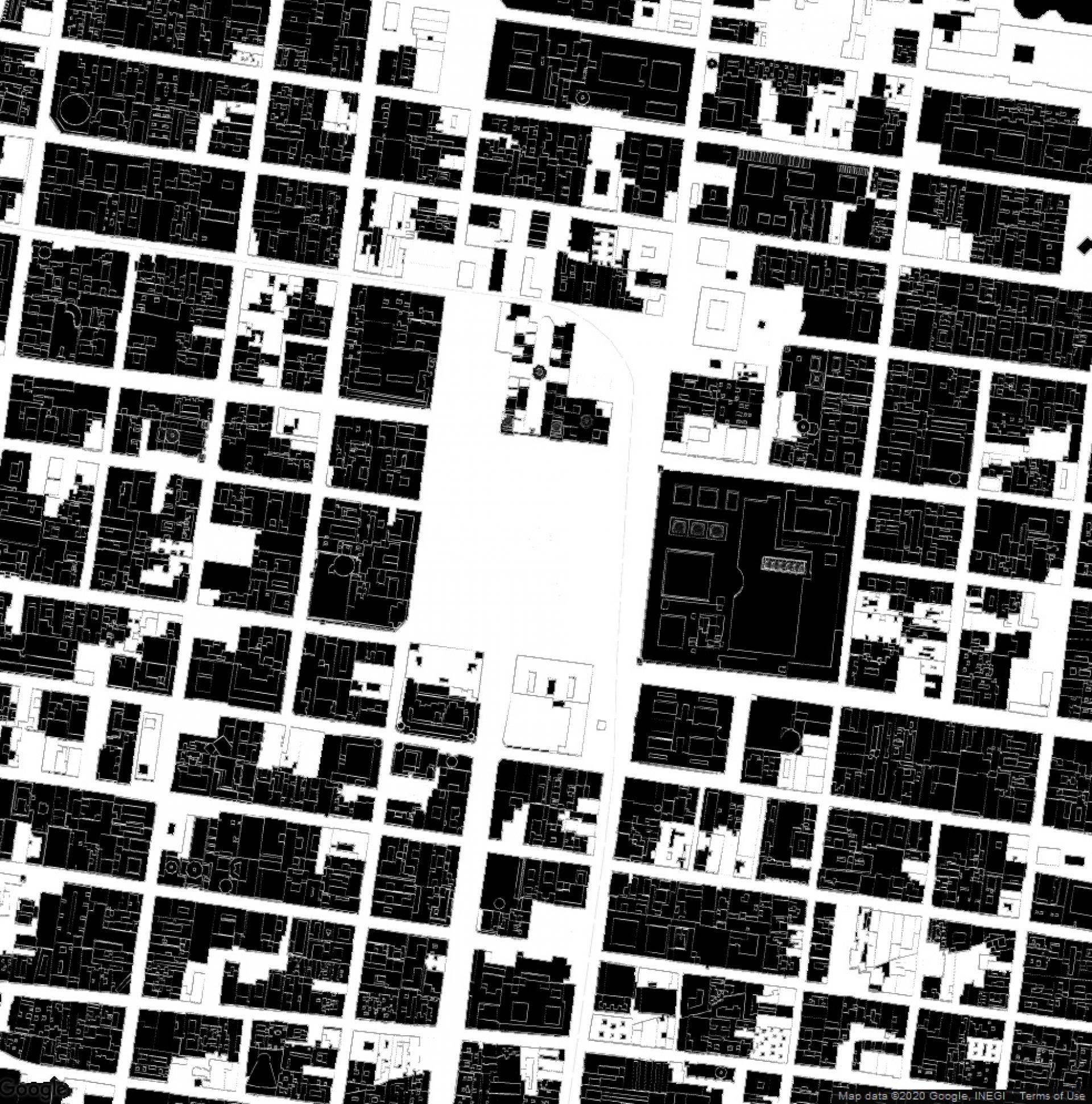
The city’s main square, the Zócalo, ranks as one of the 10 busiest places in the world with about 10 million visitors a year. It is the symbolic center of the city and the site of all kinds of public events: protests demanding radical political changes, celebrations, concert venues, temporary camps for victims of natural disasters, sports championships and even religious recruitment. It is the square where the mass confronts and recognizes itself, where it becomes aware of its power. With public policies that promote isolation and where in various nations there are temptations to re-impose authoritarian measures that the mass have historically faced with the force of its excessive growth, the architecture of the city of tumult must also recognise the needs of accumulation to which the mass and the individuals that constitute it are accustomed.
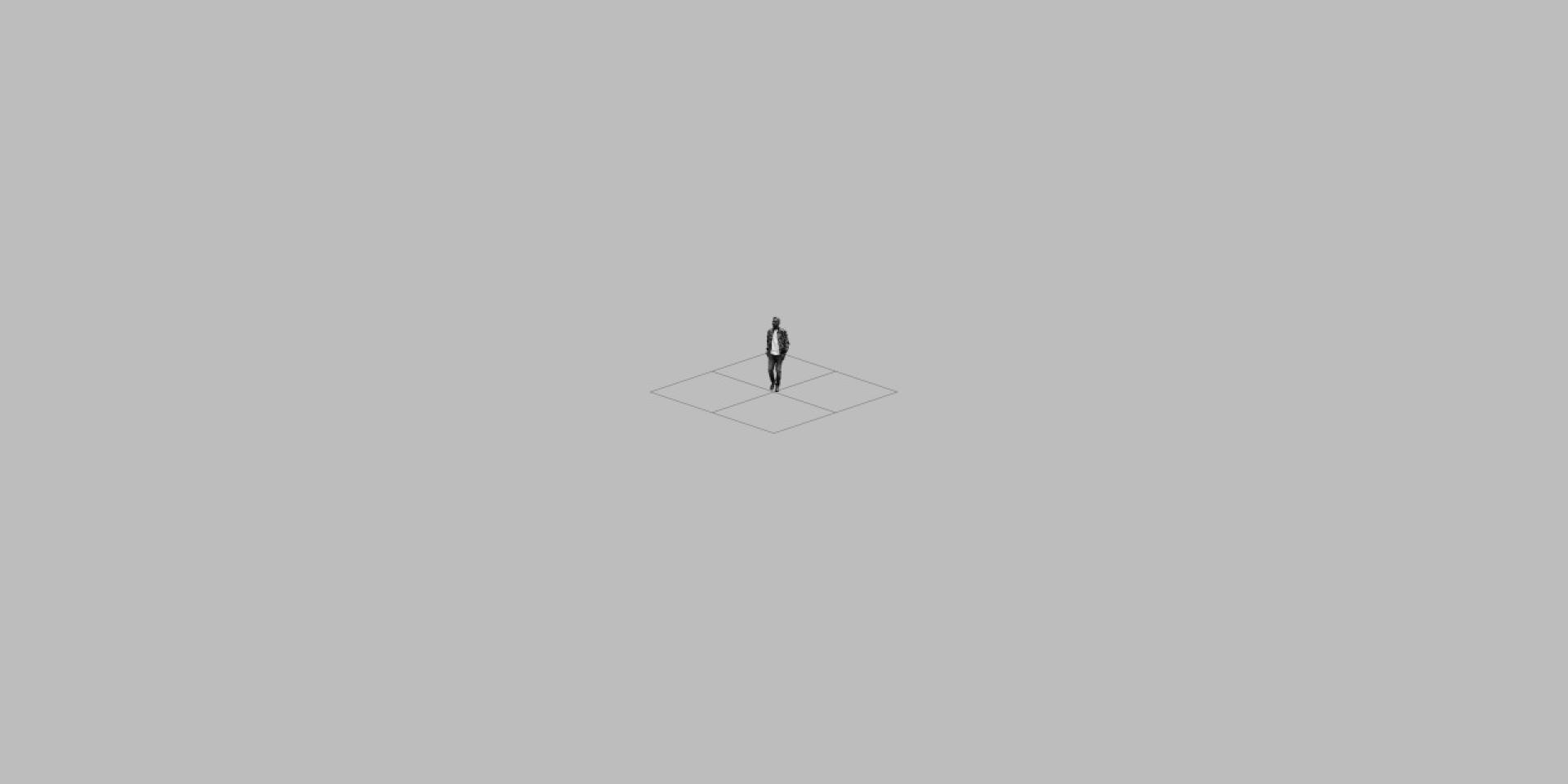


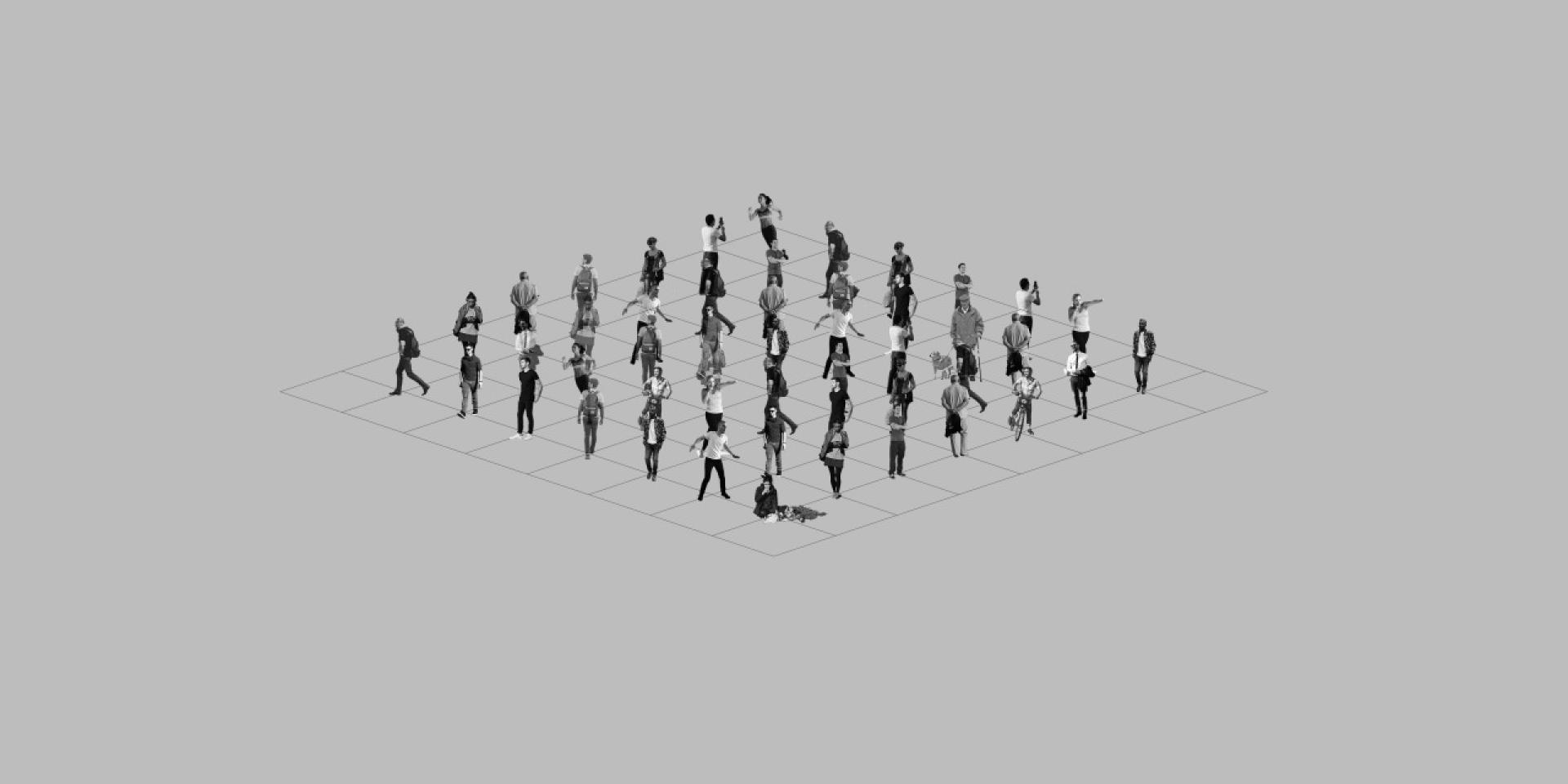

It is in this society where precarious economic development opportunities are the immediate priority over healthcare in which the citizens cannot afford to isolate themselves to do online work. In the absence of vaccines the definition of interpersonal distance is the key to survival as well as the cheapest and most accessible antibody.

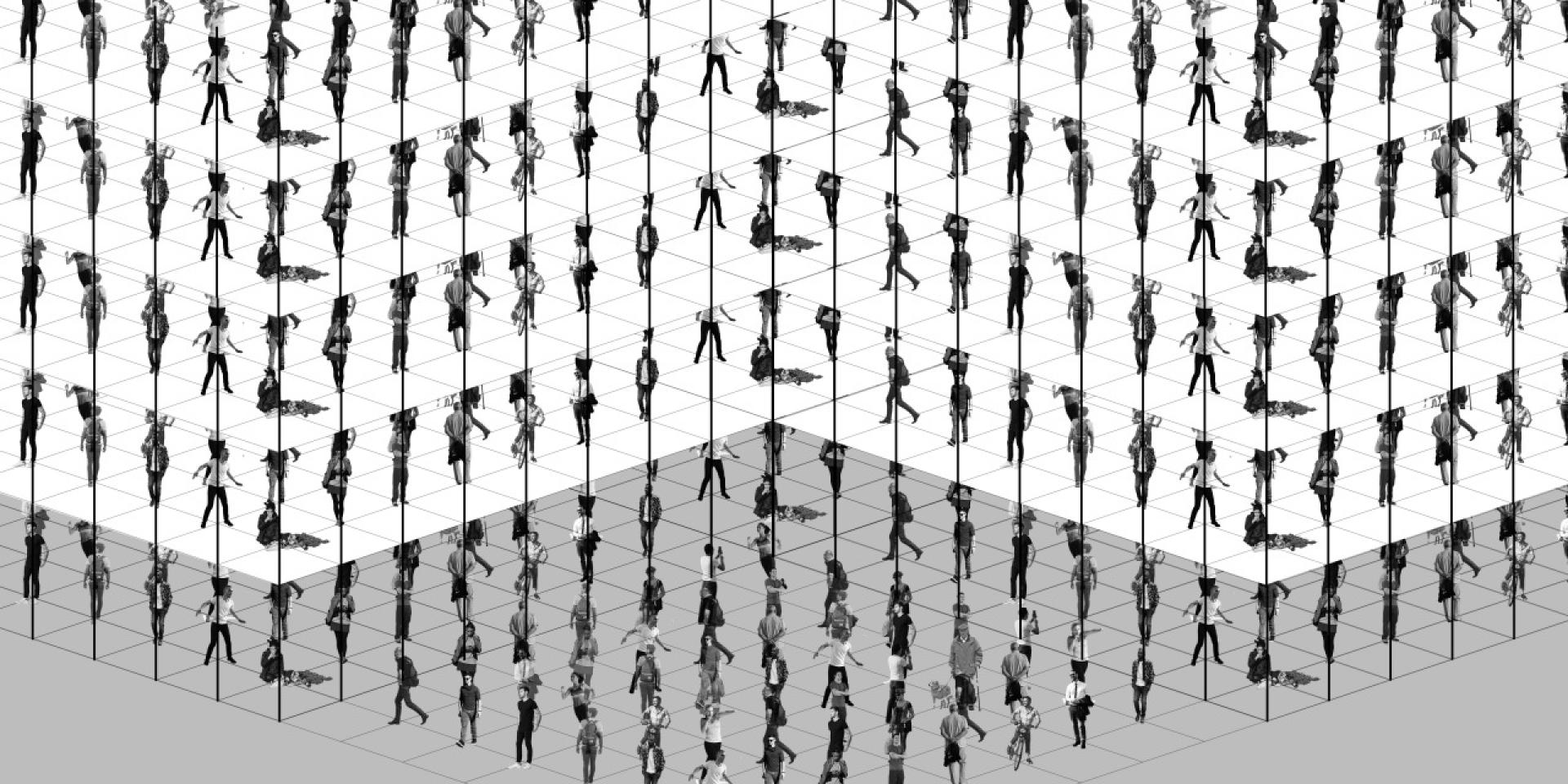

A flexible structure is proposed with a module of 1.5 m, a minimum distance to limit contagion but sufficient to enable daily interactions. The new architecture of protest, congestion, transparency, social overlapping and human traffic jams should enable a reappropriation of public space, understanding it no longer as a two-dimensional plane but as a three-dimensional space that creates opportunities after so much sacrifice.
